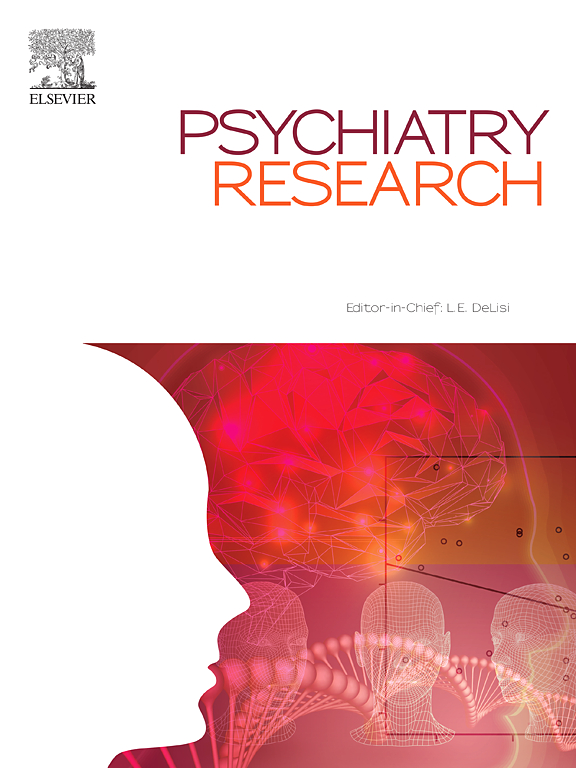Smartphone digital phenotyping in mental health disorders: A review of raw sensors utilized, machine learning processing pipelines, and derived behavioral features
IF 4.2
2区 医学
Q1 PSYCHIATRY
引用次数: 0
Abstract
With increased access to digital technology, there has been a surge in the use of and interest in digital phenotyping as a tool to calculate various features from raw smart device data. However, the increased usage of digital phenotyping has created confusion. The vast number of sensors that can be utilized to collect passive data, and diverse methods utilized to convert that sensor data into features has introduced conflicting results and conclusions into the literature. Consequently, there is an identified need for standardizing how digital phenotyping data is measured and collected. This review evaluates the different sensors and methods utilized in digital phenotyping research across 112 papers, with the goal of finding the most common platforms, sensors, and methods for each behavioral measure. This should help guide future digital phenotyping research, and resolve some existing confusion in the field. Information on each study's data sensor variables were tracked and consolidated into a double-coded Codebook. Variables assessed included but were not limited to data sensors, features extracted from data sensors, statistical methods used, phone type, patient access to phones, and characteristics of patient population. This review found that most studies used Android devices (n = 67) or both Android and iPhone (n = 38) with an average duration of 14.3 weeks. The GPS sensor was also found to be the most frequently used sensor. This review underscores the need for standardization in methodological reporting, sensor utilization, and feature extraction across mental health studies.
求助全文
约1分钟内获得全文
求助全文
来源期刊

Psychiatry Research
医学-精神病学
CiteScore
17.40
自引率
1.80%
发文量
527
审稿时长
57 days
期刊介绍:
Psychiatry Research offers swift publication of comprehensive research reports and reviews within the field of psychiatry.
The scope of the journal encompasses:
Biochemical, physiological, neuroanatomic, genetic, neurocognitive, and psychosocial determinants of psychiatric disorders.
Diagnostic assessments of psychiatric disorders.
Evaluations that pursue hypotheses about the cause or causes of psychiatric diseases.
Evaluations of pharmacologic and non-pharmacologic psychiatric treatments.
Basic neuroscience studies related to animal or neurochemical models for psychiatric disorders.
Methodological advances, such as instrumentation, clinical scales, and assays directly applicable to psychiatric research.
 求助内容:
求助内容: 应助结果提醒方式:
应助结果提醒方式:


